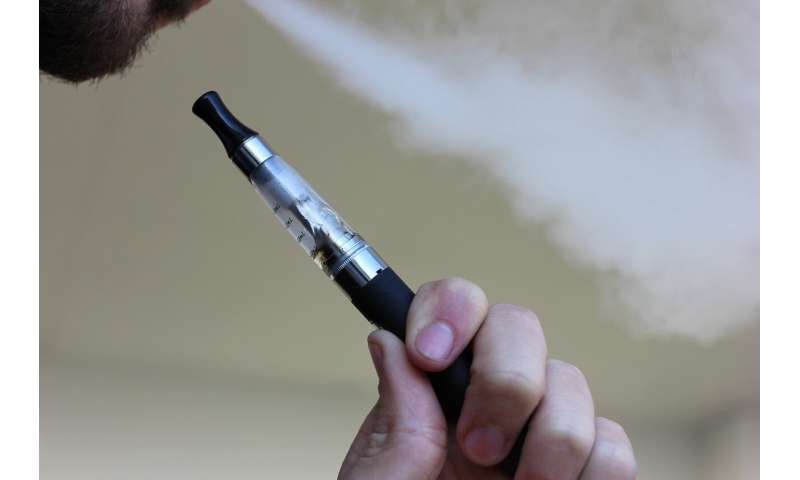
University of Guelph researchers are the first to discover that adolescents react differently to e-cigarette vapor than adults.
Led by Prof. Jibran Khokhar, Department of Biomedical Science in U of G’s Ontario Veterinary College, the rodent-based research measured behavioral responses related to vaping.
“This is the first study to show that rodents find e-cigarette vapor rewarding in a conditioned place preference experiment,” Khokhar said, referring to animals’ preference for a chamber in which experimenters previously exposed them to a drug.
“It also shows that adolescents find the nicotine vapor more rewarding compared to adults, and do so even at shorter exposures, which are not rewarding for the adults.”
Published recently in eNeuro, the research is the first to use a U of G-developed technology called OpenVape, which makes the study of vaping more accessible. The apparatus can be used with various vapourizers, is easy to build and costs less than existing technologies.
“The OpenVape device opens a lot of new doors for researchers trying to test the effects of exposures in a manner akin to the route used by humans,” Khokhar said.
The research findings are important, he added, because they may help explain why e-cigarettes are so popular with adolescents and why there is a steady rise in their use.
Recent years have seen a sharp increase in adolescent vaping. E-cigarette use more than doubled between 2017 and 2019 in Ontario among Grade 7-12 students. Between 2017 and 2019, vaping rates doubled among Ontario teens, from 11 per cent to 23 per cent.
“The adolescent brain may be especially vulnerable to the rewarding effects of nicotine vapor,” Khokhar said. “The shorter exposures may also suggest that it might take very limited exposure to the vapor for adolescents to experience the rewarding effects, and this may contribute to their continued use.”
A growing body of literature suggests adolescents are especially vulnerable to the addictive effects of nicotine, he added. Longitudinal studies associate adolescent e-cigarette use with a greater risk of cigarette smoking in future.
“The findings from our study will help uncover the mechanisms underlying the vulnerability of the adolescent brain to the rewarding effects of e-cigarette vapor as well as the long-term consequences of adolescent vapor exposure,” Khokhar said.
Next, he plans to look at the long-term consequences of adolescent exposure to e-cigarette vapor on behaviors related to tobacco consumption.
Source: Read Full Article





